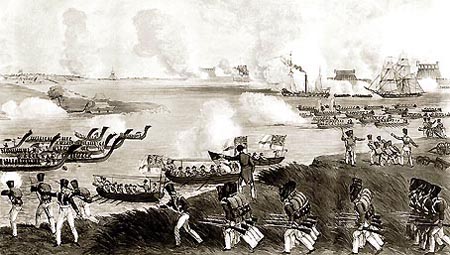After fully occupied Burma in 1886, the Burmese monarchy was abolished and the aristocracy class was deprived of power, Burma was ruled from Calcutta as a sub-region of the British Empire – India. Model Management in India of the British imposed without understanding or respect for social structures in the area. The lowlands of Myanmar were fertile plains that were the cradle of Burmese and the heart of the Burmese kingdom was ruled directly by the colonial government with full political and economic policies of the Britain.

In the hills and mountains of Myanmar, the areas of ethnic like Shan, Karen, the British adopted a policy of indirect rule. Social structures and local elites still remained that differed from capital of Burma, which has led to increased divisions between the Burmese and the ethnic minorities.
The British had created powerful rules, maintained by social control based on an effective police force and army. Apparatus of rule was under the supervision of the British, but is formed with officials from majority of the British and Indians. Upper-class created by the British with cultural patterns influenced by British than Burmese, this set out major problems for Myanmar after independent.
The British rule has increased the racial diversity of Myanmar. Indian were free immigrants, with immigrant Chinese from Malaysia formed multi-racial and multi-religious society in the lowlands. The British who changed the economy of Myanmar, in the 1850s they encouraged people to settle in the plains, mostly wetlands and forests. The roads, sea ports was extended that make the development in the fertile plains instead of barren land in the north.
